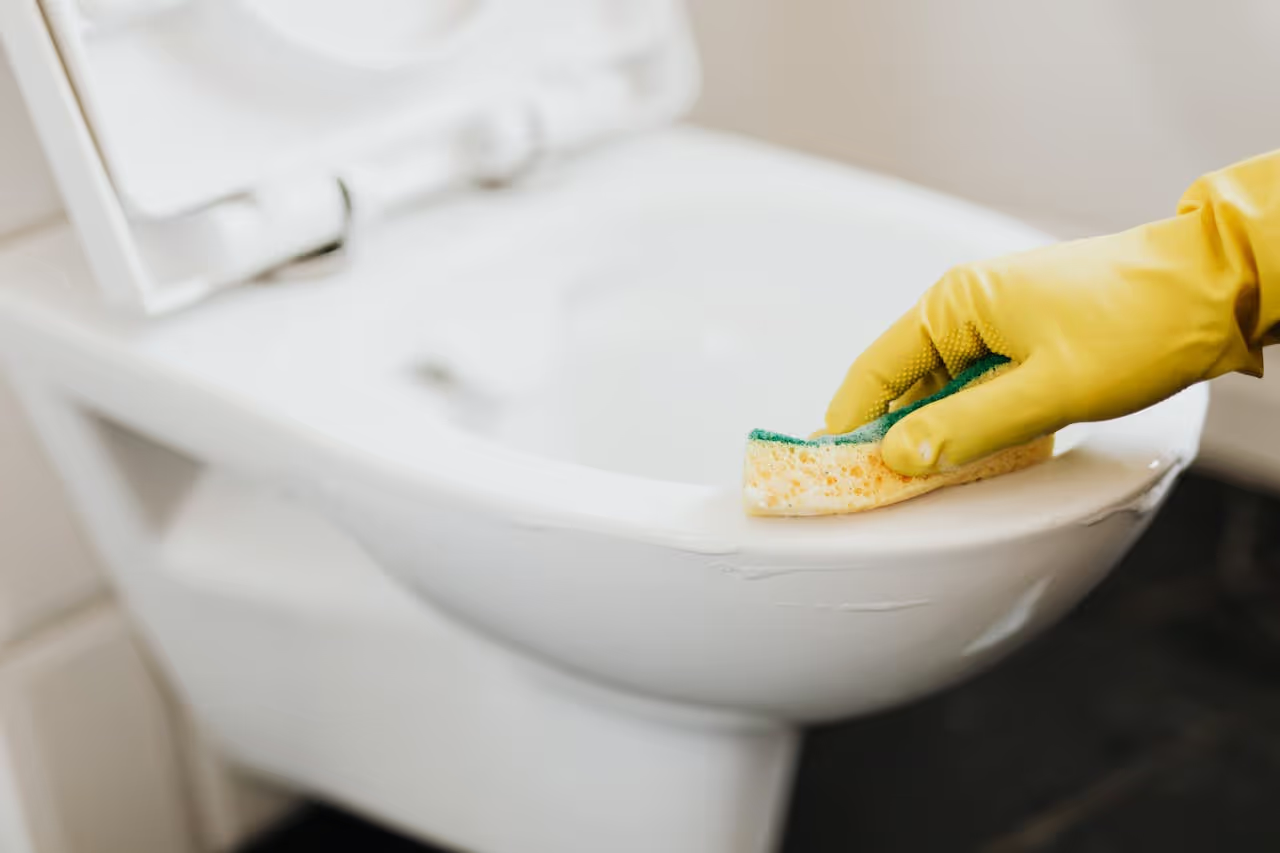April 29, 2025

As winter fades and spring arrives, it's the perfect time for commercial businesses to revitalize their spaces with a thorough spring cleaning. While residential spring cleaning focuses on decluttering closets and washing windows, commercial facilities require a more comprehensive approach. This spring cleaning checklist helps business owners and facility managers address often-overlooked areas to create healthier, more productive environments.
Floor surfaces endure significant wear during winter months from tracked-in salt, sand, and moisture.
Winter debris becomes embedded in carpet fibers and floor finishes, causing premature deterioration if not addressed. Professional cleaning extends flooring life while improving appearance and indoor air quality.
Before transitioning from heating to cooling season, HVAC systems need attention:
Clean HVAC systems operate more efficiently, reducing energy costs while improving indoor air quality. This maintenance is particularly important after heavy winter use when dust and contaminants accumulate in the system.
Winter weather can damage building exteriors, making spring the ideal time to address issues:
These external improvements not only prevent structural issues but also enhance curb appeal for customers and clients visiting your facility.
Spring cleaning presents an opportunity to improve lighting efficiency:
Proper lighting maintenance improves workplace safety, productivity, and energy efficiency while creating a more inviting atmosphere for staff and visitors.
Well-organized storage spaces improve efficiency, reduce waste from forgotten inventory, and address potential safety violations.

Commercial restrooms require special attention beyond routine cleaning:
Clean, well-maintained restrooms significantly influence customer and employee perceptions of your business.
Office equipment and technology collect dust and germs:
Regular cleaning extends equipment life while reducing the spread of germs in shared workspaces.
Shared food preparation spaces deserve focused attention:
Clean break rooms and kitchens support employee wellness and demonstrate your commitment to providing quality facilities.
Implementing this comprehensive checklist may seem overwhelming, but breaking the tasks into manageable sections helps:
The ideal time is typically late March through early May when weather begins to improve but before summer heat arrives. For businesses with seasonal peaks, schedule comprehensive cleaning during your slower periods to minimize disruption. Many facility managers break spring cleaning into phases over several weekends or schedule more intensive tasks after hours.
Most businesses benefit from a combined approach. In-house staff can handle organization, basic cleaning, and inventory tasks, while professionals are better equipped for specialized services like carpet extraction, hard floor refinishing, exterior power washing, and HVAC system maintenance. Professional cleaning services also have industrial equipment and trained technicians to complete these tasks more efficiently.
Implement a regular maintenance schedule with daily, weekly, and monthly tasks to preserve your spring cleaning efforts. Document the cleaning schedule, create checklists for regular tasks, train staff on proper cleaning procedures, and conduct quarterly mini-assessments focusing on high-traffic areas. Consider implementing a "clean as you go" policy for all employees to maintain organization and cleanliness.
High-impact areas include floors and carpets (which influence first impressions), HVAC systems (affecting energy costs and air quality), restrooms (which heavily influence customer and employee satisfaction), exterior maintenance (preventing costly structural damage), and kitchen/break room cleaning (improving employee health and satisfaction). Prioritize these areas if working with limited time or budget.
Start by conducting a facility assessment to identify priority areas, then create a master checklist organized by zone or department. Develop a realistic timeline spreading tasks over 3-4 weeks, clearly define responsibilities (what will be handled in-house versus outsourced), create a budget for supplies and professional services, and implement a tracking system to ensure all tasks are completed. For very large facilities, consider appointing zone leaders to oversee specific areas.
.svg)